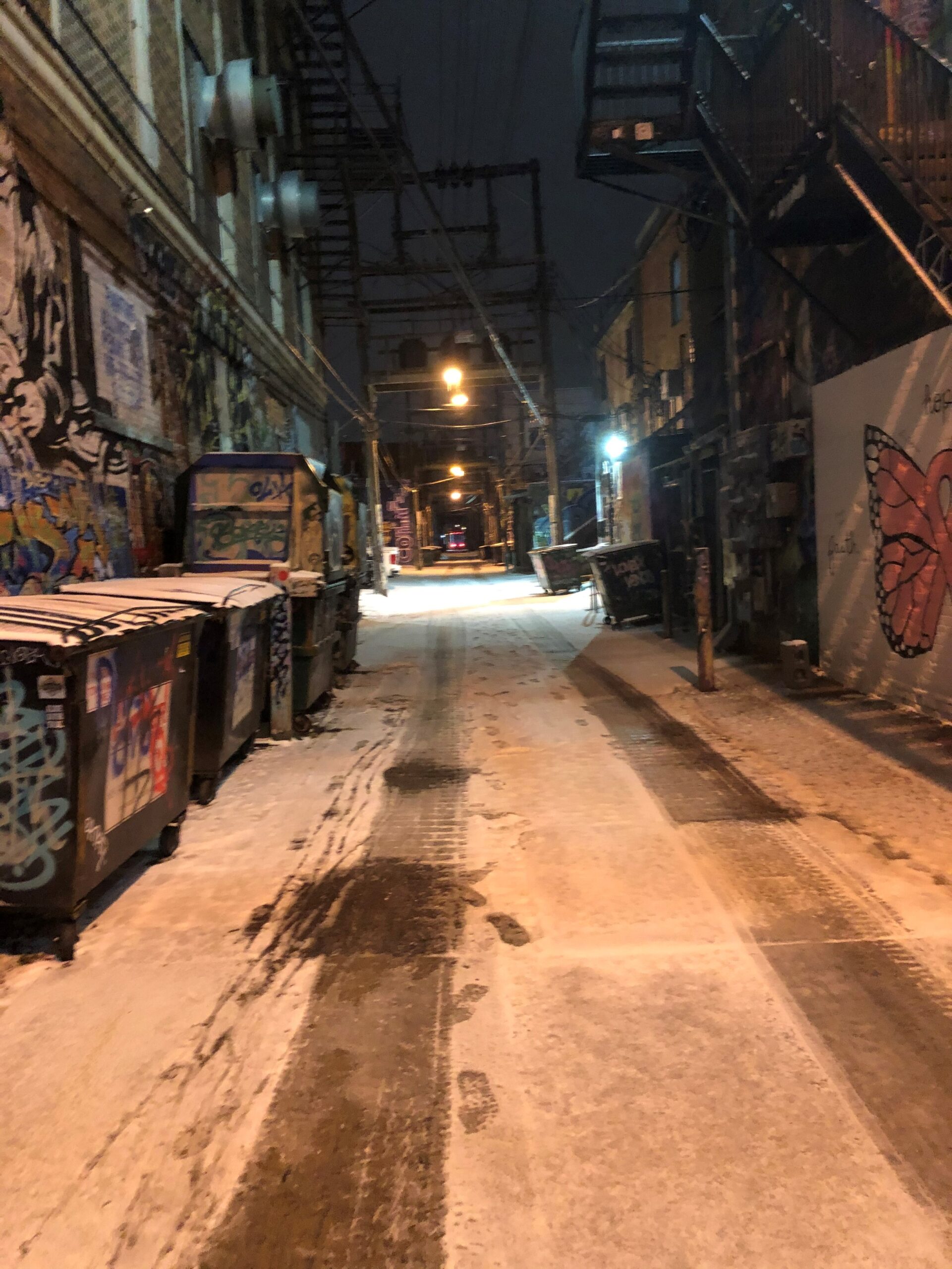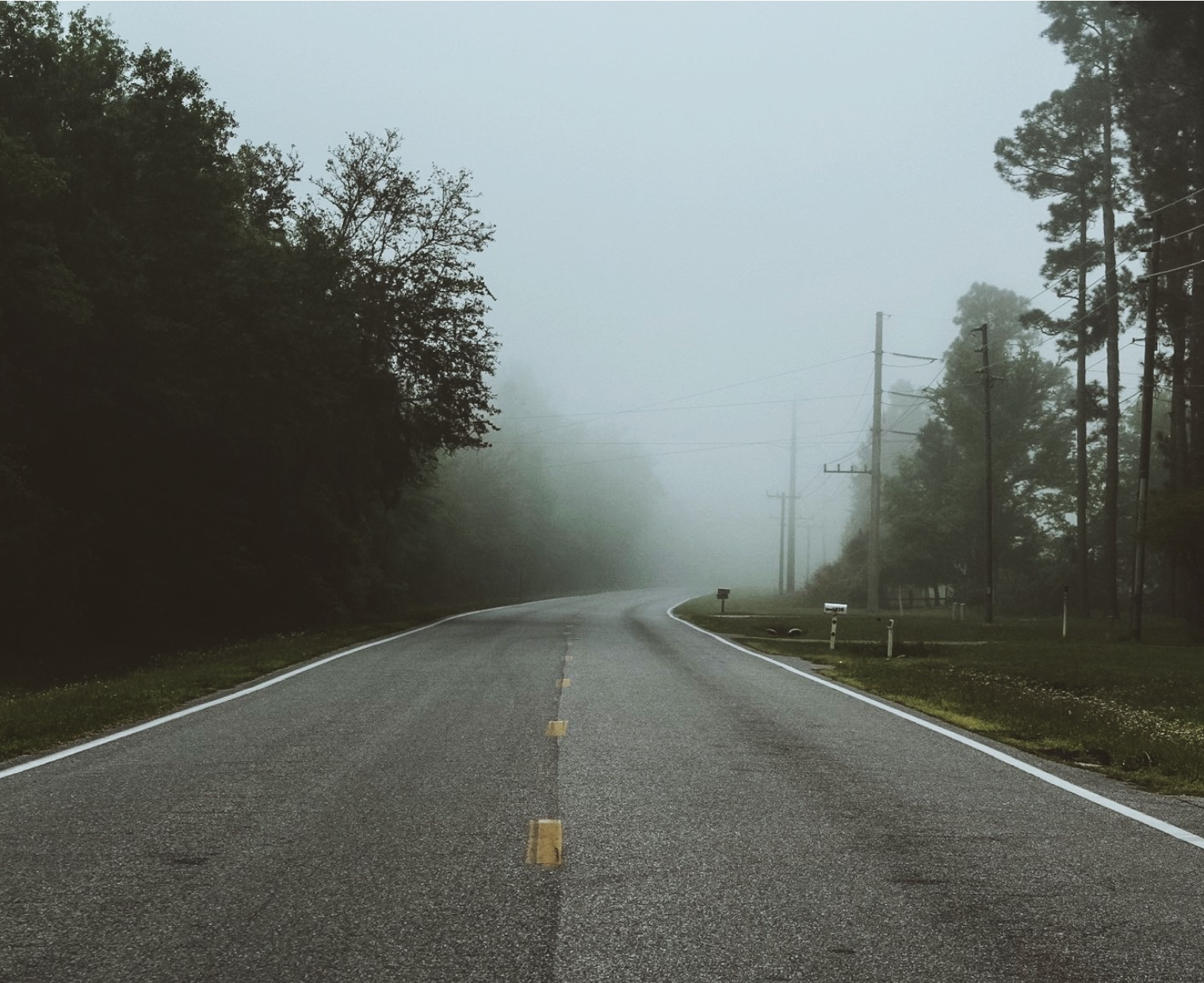Two years ago, we interviewed Debbie Nez-Manuel, a leader in the Missing and Murdered Indigenous Women (MMIW), also known as Missing and Murdered People (MMIP.) This week, in honor of the National Day of Awareness for Missing and Murdered Indigenous Women and Girls on May 5, we’re sharing some ways front-line staff can help at-risk patients.
Because MMIP is most definitely a healthcare issue – and while we focused on women in our earlier interview, it’s not just women who go missing or experience violence. One recent survey found that 60% of Native American people who identify as LGB or TGNB had suffered violence and nearly all reported sexual assault. Peggy Abrahamson-Syverson, who serves on our Critical Care Response Team deployments, has seen posters for missing people (MMIP) at multiple facilities, some near South Dakota highways popular in human trafficking.
“Every deployment it’s the same thing,” she said. “I see too many posters for missing people. They’re mostly females, but I do see a mix of ages and genders. One was for a young boy. Many of these people are never found.”

MMIP: From Movement to Momentum
You might wonder why Tribal Health, a healthcare company, is talking about this. MMIP is a law enforcement issue, right? Well, not entirely. Front-line clinical staff are well positioned to spot warning signs of someone at risk of being trafficked or murdered – which means MMIP is a public health issue requiring the same strategies, programs, and campaigns as an infectious disease outbreak or the opioid epidemic.
Secretary Deb Haaland formed a new Missing and Murdered Unit within the Bureau of Indian Affairs; that and the Not Invisible Act examine the systemic racism, jurisdictional confusion, and poor data collection that can weaken investigative work. But those efforts tend to involve Tribal and community representatives, lawmakers, and law enforcement. It’s rare that healthcare leaders get involved and contribute healthcare expertise and transformative practices to these efforts.
Taking a Seat at the MMIP Table
To understand the heightened vulnerability of Native communities, providers must understand historical trauma and its impact. Genocide, poverty, and the opioid epidemic, just to name a few factors, have put Indigenous people at risk for violence. These factors can blur together, with childhood abuse spilling into adolescent substance addiction, leading to survival sex work, intimate partner violence, or trafficking. Multiple experiences can compound the likelihood of future incidents, with the CDC noting that people who survive one type of violence are more likely to experience other types of violence.
People who survive any of these experiences can show up in an emergency room. That positions healthcare professionals for a seat at the MMIP movement table in two ways:
- Recognizing risk factors. Clinicians may be the first – and only – witnesses to recognize a person at risk and intervene before something tragic happens. Studies show that women who experience partner violence are likely to seek health services; before they are murdered or go missing, many women seek clinical care. Assault injuries, sexually transmitted infections (STIs), digestive disorders, anxiety, and depression are common among survivors. Substance misuse and overdoses can indicate high vulnerability to exploitation.
- Providing trauma-centered care. Just as we now train providers to recognize and address social determinants of health, it’s time to connect MMIP to delivery of care. That means understanding the vulnerability in Indigenous communities and supplying patients with resources that can help them reduce the risk of abuse and violence. It also means understanding how the intersection of racism and misogyny has placed Indigenous women in the crosshairs of exploitation and violence.

8 Ways Healthcare Can Help
MMIP can feel like a juggernaut of a phenomenon, too entrenched and at the same time too evasive to ever really stop. But healthcare workers serving in Indigenous communities do have tools at their disposal – such as the following eight practices.
#1. Train staff to recognize risk factors and symptoms.
State medical boards often require training in recognizing sex trafficking, but that training rarely mentions MMIP or cultural competency in Native communities. Clinicians should learn to identify signs of abuse and ask the right questions in assessing patients and their families. Someone may not identify themselves as a sex worker but describe those behaviors; a domestic violence survivor may visit an ED with her abuser, who supervises her interactions with providers. In one case, an underage female patient in police custody presented with 5 STIs – a strong indicator of sex trafficking.
#2. Build awareness in behavioral healthcare.
The connection between abuse and mental illness runs in two directions. The majority of people diagnosed with severe mental illness have experienced either physical or sexual abuse, often as children or in association with substance misuse. At the same time, they are predisposed to future incidents of violence. Behavioral health and addiction specialists should understand the specific vulnerabilities associated with mental illness and substance misuse and proactively address those factors.
#3. Create follow-up care and wraparound services for survivors.
Survivors of violence – and the families of missing and murdered Indigenous people – need care. Domestic violence and sexual assault are linked to poor self-esteem, alcohol and drug abuse, eating disorders, obesity, self-harm, depression, anxiety, and suicidality. Clinicians should provide referrals at the very least, while hospitals can create systems to support survivor recovery and address long-term impacts. One valuable first step: offering support groups for family members of the missing and murdered to build community awareness and action.
#4. Boost community trust in local healthcare resources.
Underfunding and staff shortages can foster cynicism in Indigenous communities when it comes to local healthcare resources. When residents know they’re facing long waits, limited equipment, and providers indifferent to their culture, they’re less likely to engage with formal care. Facilities must offer culturally sensitive treatment that aligns with Indigenous values, beliefs and traditions and implement quality improvements to transform standards of care.

#5. Develop healthcare content and resources.
Most facilities today have websites, newsletters, posters, invoice flyers, automated reminder systems, and other channels. All of these offer opportunities to get the message out. Consider creating microsites, hotlines, waiting room brochures, and other messaging to help educate patients and connect them discreetly to life-saving resources. Remember that some Tribal nation areas lack reliable Internet service – so include print resources as well.
#6. Create documentation standards.
When it comes to pressing charges, winning a court case, or keeping children away from an abuser, medical records can play the hero’s role. Ensure your staff carefully document all injuries, whether or not the patient reports abuse. That means taking photographs, recording any threats or reports of emotional abuse, and creating organized, legible records with body maps that note the extent and location of injuries.
#7. Practice accurate data collection and management.
Data is critical to help Tribal nations, policymakers, and public health researchers identify and address issues – but unfortunately, many Native patients are misclassified as white or Hispanic. Even failure to document Tribal affiliation can block community advocates from connecting the dots. Accurate, synchronized data collection and analysis can build a clear picture of risk factors and incident patterns – and possible solutions.
#8. Work with law enforcement.
Clarifying jurisdictional ownership may be difficult; Tribal police, non-Tribal law enforcement, Indian Bureau of Affairs, and even the FBI can get involved in investigations and reporting. To ensure cases don’t fall into the cracks between groups, map out clear reporting pathways in your facility and work with law enforcement to determine how your facility can supplement their protocols.
Changing the Course of History
Mary Roach said, “Heroism doesn’t always happen in a burst of glory. Sometimes small triumphs and large hearts change the course of history.” Healthcare workers may not be able to save the world by themselves, but sometimes they are in the right position to change everything in one person’s life. If you’re concerned about Missing and Murdered Indigenous People, please reach out to us – and help the healthcare industry play a stronger role in one of the most disturbing crises of our time.


